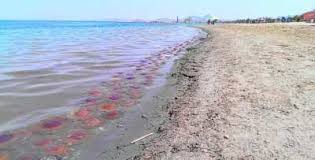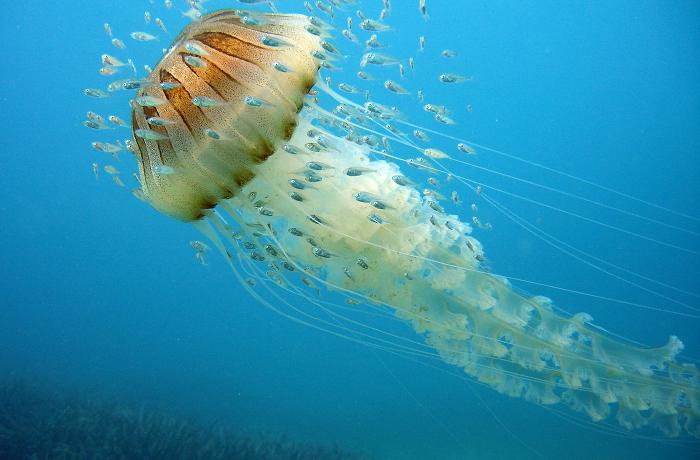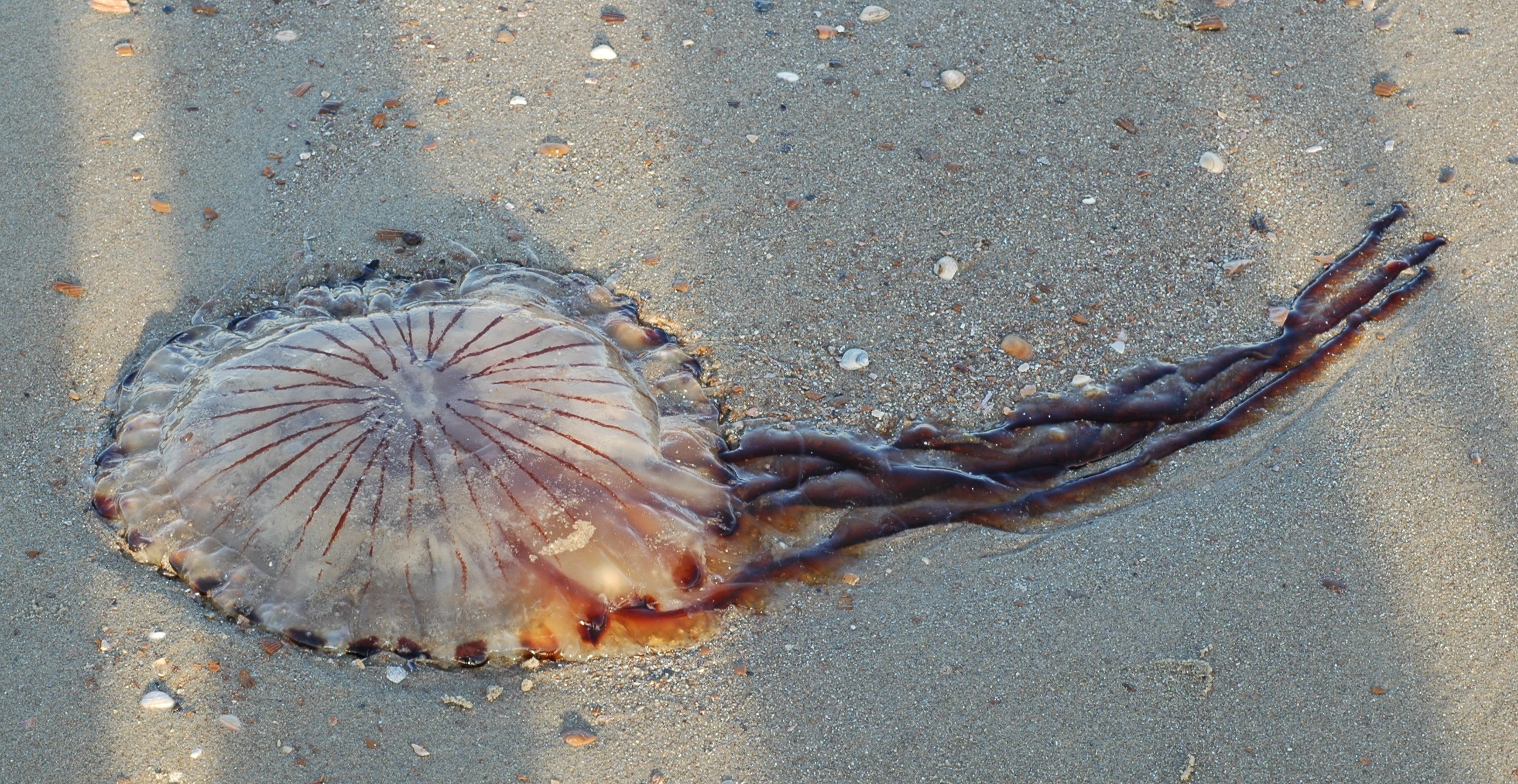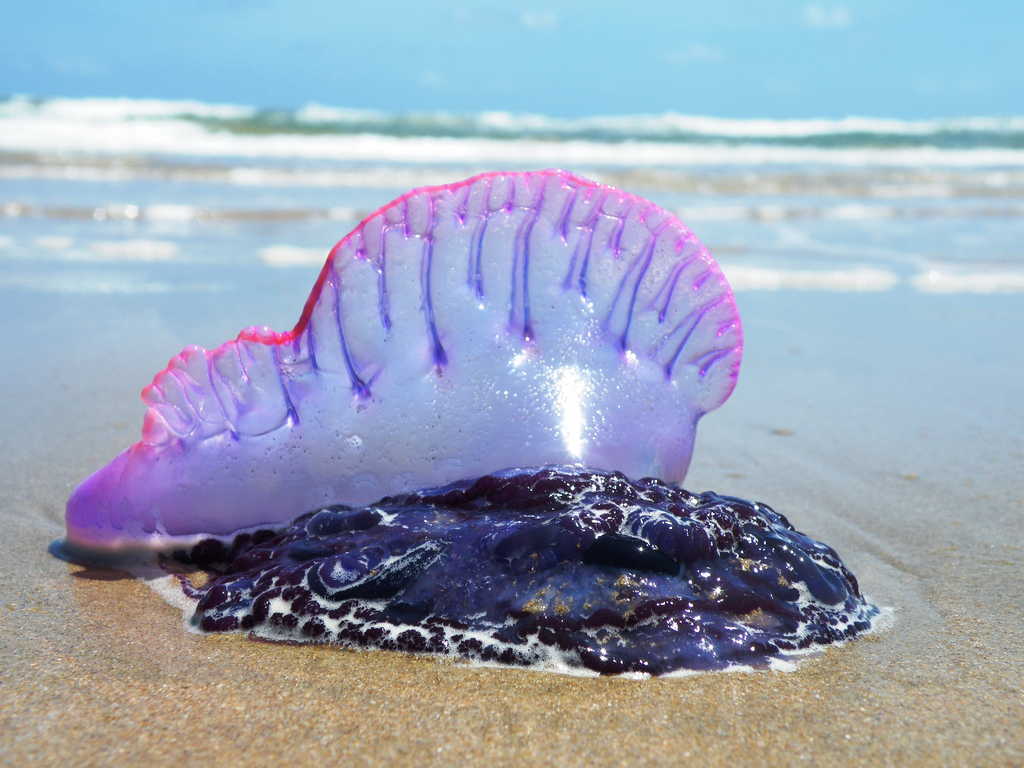 The beaches are starting to open again after many weeks of lockdown and already we are seeing cases of jellyfish stings...
The beaches are starting to open again after many weeks of lockdown and already we are seeing cases of jellyfish stings...
Jellyfish, of both harmful and harmless varieties, are a fairly common sight along the Mediterranean coast. They generally occur in swarms, making them readily visible and, in theory at least, easily avoided. Jellyfish are normally to be found between 20 and 40 miles from the coast where the waters are warmer and saltier, coastal waters being generally colder and less salty and acting as a sort of natural barrier.
Concentrations of jellyfish in any given year are dependent on several factors. A warm, dry winter and spring inland, for example, will normally lead to a high build-up of jellyfish at sea. However, when freshwater river input into the sea is lower due to lack of rain, salinity increases and this allows them to breach the barrier. Other factors include winds and sea currents as jellyfish just drift along in the currents.
Hot summer weather also brings them in, the time when millions are bathing, so sting numbers increase dramatically. Tourism being of great importance to the Spanish economy, jellyfish swarms are regularly reported in the local press in summer. However, despite these warnings, hundreds of people are stung every day up and down the Spanish Mediterranean coast.
.jpg)
One of the most common jellyfish in the Spanish Mediterranean is the Mauve Stinger (Pelagia noctiluca). It may grow up to 10 cm in diameter and is distinguished by a mushroom-shaped, deep bell. It has 8 hair-like tentacles, extending as far as 3 metres, and all are covered in nematocysts (stinging cells). Its sting is both potent and painful, but short-lived.


The Compass jellyfish (Chrysaora hysoscella) is readily identifiable by a ring of brown dots around a flattened white saucer-shaped body. It has 32 semi-circular lobes around the fringe, each one with a brown spot. On the upper surface of the bell, 16 brown v-shaped marks radiate outwards from a dark central spot. There are also 24 tentacles around the edge of the bell, grouped in threes. It has a potent sting that can produce extremely painful and long-lasting weals.

The Portuguese Man-of-War (Physalia physalis) is undoubtedly a name that almost everyone has heard of. Technically, it is not actually a true jellyfish but a hydrozoan, a floating colony of four types of polyps! But it stings like any other jellyfish so we will call it one. Its highly potent sting can, in extreme cases, provoke cardiac arrest and death in particularly sensitive persons. The nematocysts retain their potency long after death, as many have discovered to their cost after handling specimens washed up on the shore.
If you are unlucky enough to be stung by a jellyfish you can treat some stings yourself using first aid. But if the symptoms are serious – such as severe pain, swelling or difficulty breathing – dial 112 to request an ambulance immediately.
The best treatment for you may depend on the type of jellyfish that stung you. But most stings can be treated with these simple remedies:
Remove stingers. Remove any pieces of jellyfish tentacle in your skin by rinsing the wound with seawater. You can also try gently scraping off the stingers with the edge of an ID card or a credit card. Avoid getting sand on the wound. And don't rinse with freshwater or rub the area with a towel, as these actions may activate more stingers.
Rinse with vinegar or apply a baking soda paste. Rinse the affected area with vinegar for about 30 seconds. Or apply a paste of baking soda and seawater. Each method may deactivate the stingers of some types of jellyfish.
Take a hot shower or apply ice packs. Hot water — as hot as you can tolerate but not above 113 F (45 C) — and ice packs may help ease the pain.
Take a pain reliever and apply lotions. Apply calamine lotion or lidocaine to help relieve itching and discomfort.
These remedies are unhelpful or unproved, do NOT use them:
Human urine
Meat tenderizer
Solvents, such as formalin, ethanol and gasoline
Pressure bandages